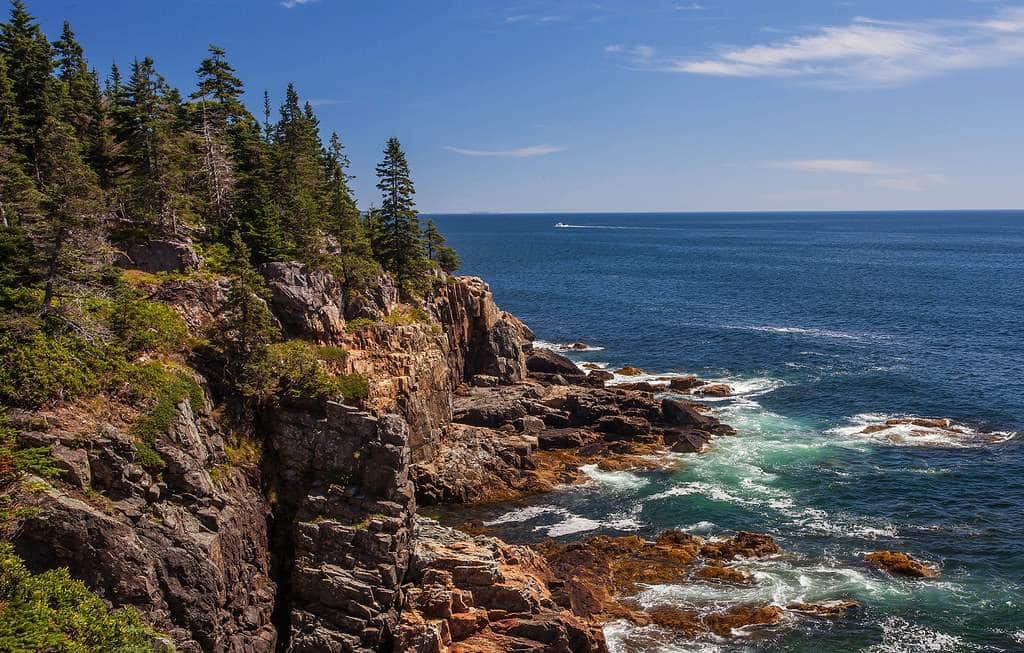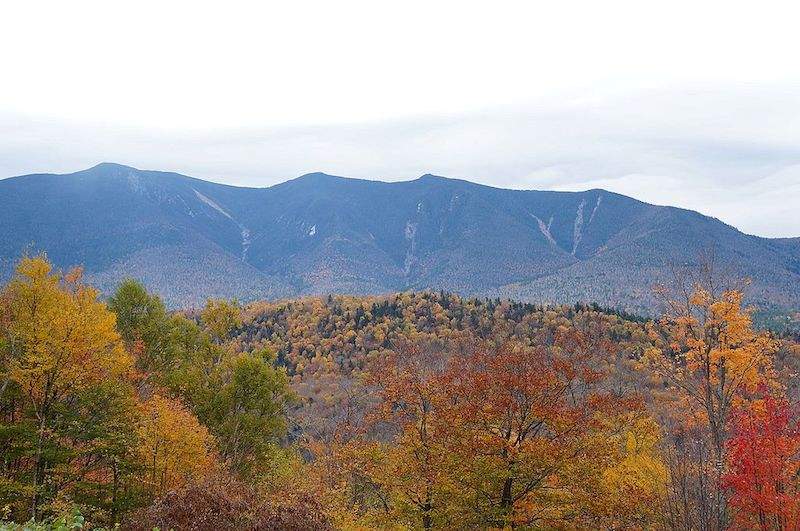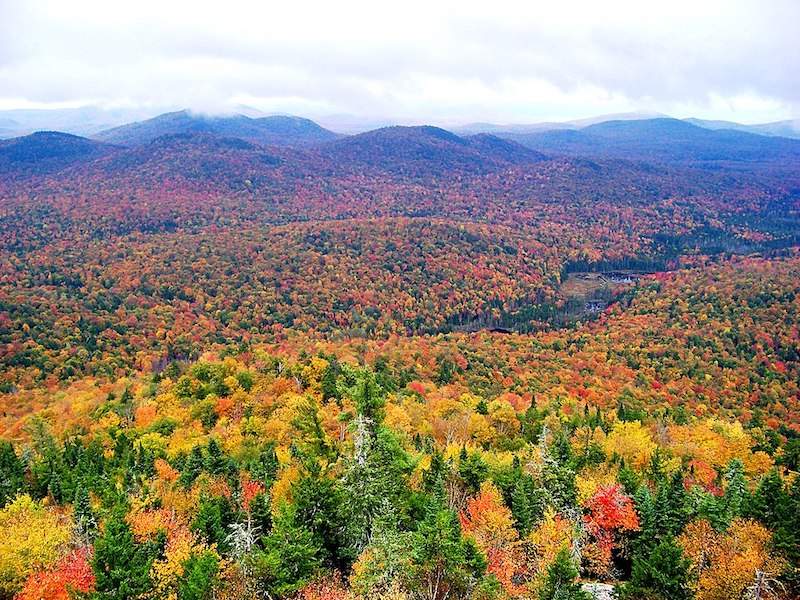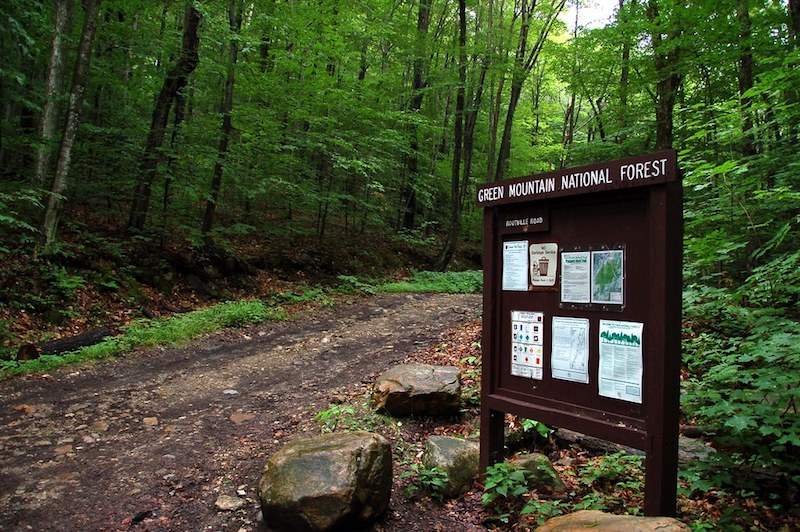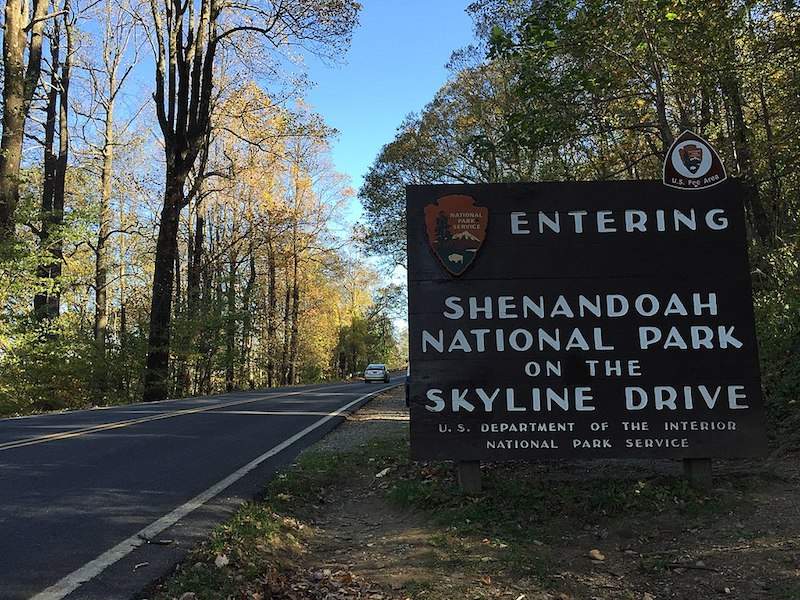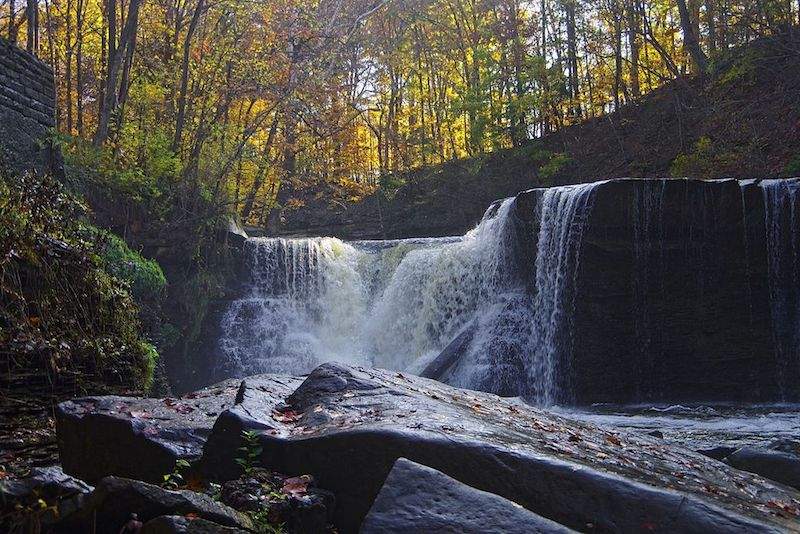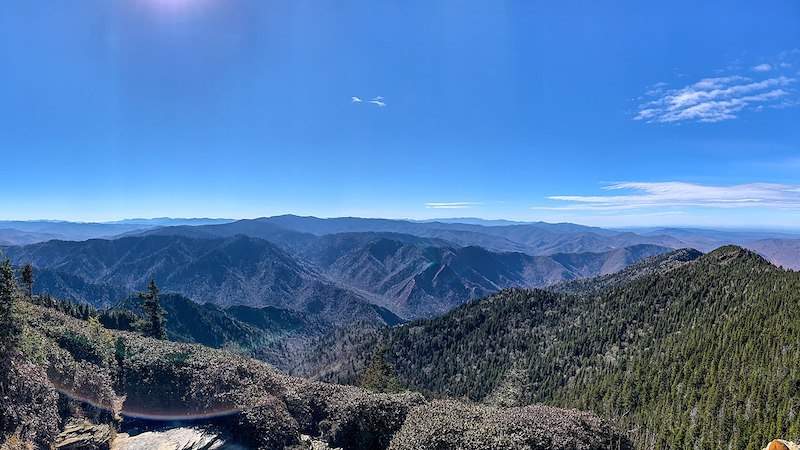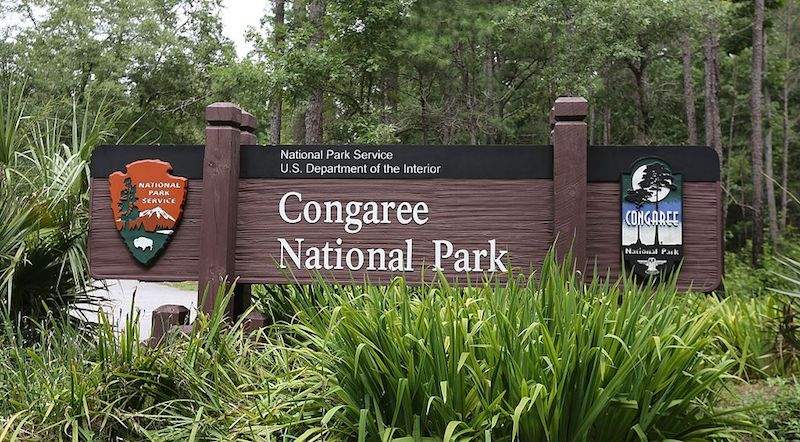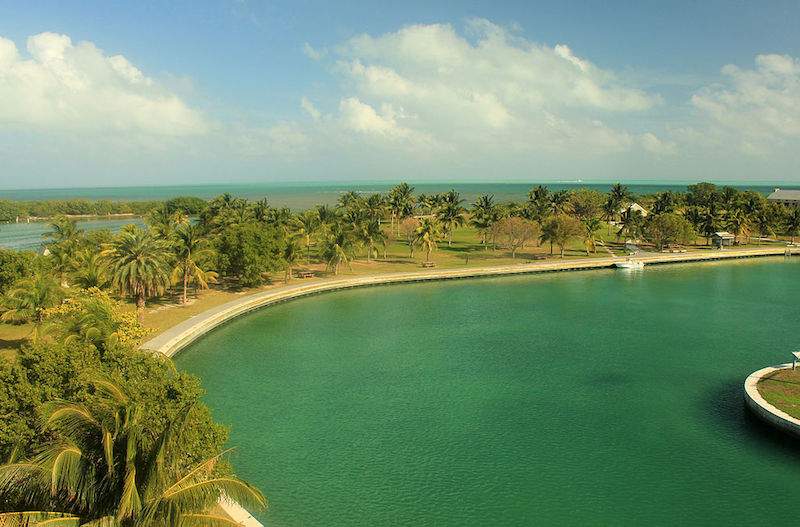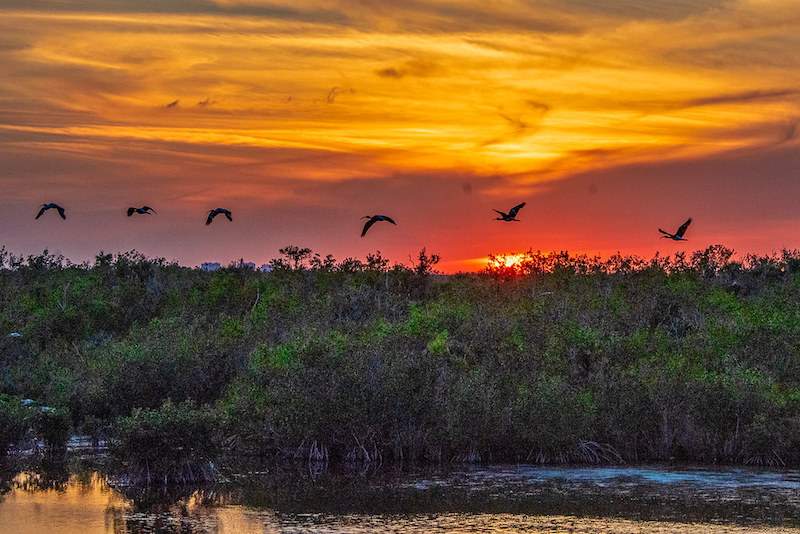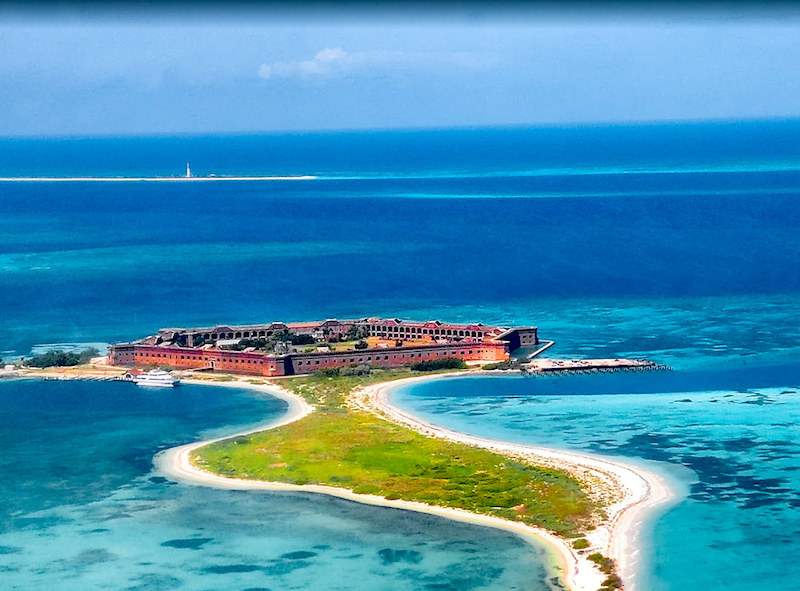Experience the Best National Parks on the East Coast
The East coast of America boasts several stunning national parks, each with distinct characteristics and attractions. These parks provide visitors an unforgettable experience, from Acadia National Park’s rugged coastlines to Great Smoky Mountains National Park’s lush forests. These parks not only boast stunning natural splendour but also host a diverse array of wildlife and provide visitors with an opportunity to learn about the history and culture of the region. National parks are integral to America’s heritage and serve as reminders to safeguard and conserve our natural resources for future generations. By visiting and supporting these parks, we can ensure they remain an integral part of our national identity, inspiring and educating visitors for years.
Northeast Region
Acadia National Park
Acadia National Park is an enchanting park in Maine on the Atlantic coastline. Covering 47,000 acres with forests, rocky beaches and glacier-carved mountains, Acadia is one of the most visited national parks on this pond.
Park Features: Acadia National Park boasts an array of stunning features, such as Cadillac Mountain (the highest point on the Eastern Seaboard), and Park Loop Road, a 27-mile scenic drive through some of Acadia’s most picturesque parts. Plus, with more than 120 miles of hiking trails around the park, visitors can explore forests, lakes and mountains alike.
Activities to Do: Acadia National Park offers visitors various activities, from hiking and biking to kayaking, fishing and rock climbing. Its numerous lakes and ponds provide great fishing spots, boating and swimming spots. Plus, you’ll spot plenty of wildlife like moose, black bears and bald eagles here, making Acadia an ideal destination for wildlife watchers.
Best Time to Visit Acadia National Park: Acadia National Park’s best season for visiting is from June through August, when temperatures are warm and the weather pleasant. This period makes for ideal hiking, camping and other outdoor activities; fall months from September to November offer breathtaking foliage colors for stunning scenic drives or hikes. Open year-round, Acadia National Park also opens its gates in winter from December through February for cross-country skiing, snowshoeing and other winter sports; however, some areas may be closed due to snow or ice during these months.
White Mountain National Forest:
White Mountain is part of White Mountain National Park and contains White Mountain and its neighbouring National Forests, White Mountain and North White Mountain.
Park Features: White Mountain National Forest, situated in the northern Appalachian Mountains, covers 800,000 acres. It boasts some of the highest mountain peaks in Eastern USA – including Mount Washington at 6,288 feet. Furthermore, visitors to this protected area will discover stunning waterfalls, crystal-clear lakes and dense forests supporting various wildlife species.
Activities to Do: Visitors to this park have a wealth of activities, such as hiking, fishing, camping, mountain biking, skiing and snowmobiling. The Appalachian Trail – one of America’s most popular hiking trails – passes through the park offering stunning views of its landscape. Numerous other trails are suitable for all levels of hikers, such as Franconia Ridge Trail, which boasts breathtaking views of the White Mountains.
Best Time to Visit: White Mountain National Forest’s optimal time to visit is during the summer months from June through August, when temperatures are comfortable and weather conditions ideal for hiking, camping and other outdoor activities. In autumn, from September to November, you can take in breathtaking foliage colours on scenic drives or hikes around town; or experience skiing and snowmobiling opportunities during wintertime from December until February.
Adirondack Park
Adirondack Park is a natural haven that draws millions of visitors annually, and for a good reason. Situated in upstate New York, Adirondack Park offers visitors an escape from city life and the hustle-bustle to experience nature at its most breathtaking. This park should be noticed by outdoor adventurers seeking endless opportunities for exploration and discovery.
Park Features: Adirondack Park is the largest national park in America, covering an area of more than 6 million acres. It features numerous lakes, rivers and mountains, including the iconic Adirondack High Peaks that offer breathtaking panoramic views of the landscape below. Furthermore, visitors to Adirondack Park may spot wildlife such as black bears, moose or beavers roaming freely within its boundaries.
Activities to Do: Adirondack Park offers visitors many activities, from hiking and camping to boating, fishing and skiing. With over 2,000 miles of hiking trails – including High Peaks Wilderness Area for challenging hikes with stunning views of the Adirondack Mountains – and numerous lakes and rivers throughout the park, fishing or boating enthusiasts will have plenty of choices here too!
Best Time to Visit: Adirondack Park’s ideal time to visit is during the summer months from June through August, when temperatures are pleasant and weather conditions suitable for hiking, camping and other outdoor activities. Fall months from September through November offer breathtaking foliage colours which make for scenic drives or hikes; winter months from December through February offer skiing and snowmobiling adventures as well.
Green Mountain National Forest
Green Mountain National Forest, situated in southwestern Vermont, is a beloved destination for outdoor adventurers. This park covers over 400,000 acres of forest land and includes Mount Mansfield – Vermont’s highest point.
Park Features: Green Mountain National Forest offers stunning landscapes, such as lush forests, sparkling streams and tranquil lakes. Hikers can explore the many trails that traverse the park – from easy strolls to challenging backcountry treks – while encountering wildlife such as moose, black bears and bald eagles. In addition to hiking, visitors can also take scenic drives, camp or fish from their kayaks.
Activities to Do: Hiking is the most popular activity in Green Mountain National Forest, boasting over 900 miles of trails to explore. Popular hikes include the Long Trail, which spans Vermont and Appalachian Trail, which passes through the park. There are also excellent camping opportunities with various campgrounds and backcountry sites available. Fishing can also be enjoyed here, with several rivers and streams stocked with trout and other species.
Best Time to Visit Green Mountain National Forest: When choosing when to visit, the ideal time depends on your activities. Summer months are perfect for hiking, camping and fishing with warm temperatures and long days; fall brings brilliant orange, red and yellow hues to the park’s forests. Winter visitors can enjoy cross-country skiing, snowshoeing and other winter sports, while spring visitors take advantage of stunning wildflower displays in the park.
Mid-Atlantic Region
Shenandoah National Park
Shenandoah National Park is one of the East Coast’s most stunning national parks in Virginia’s Blue Ridge Mountains. Here are some highlights, activities to do and when to visit:
Park Features: Shenandoah National Park covers over 200,000 acres with more than 500 miles of hiking trails, including part of the famed Appalachian Trail. It also boasts many waterfalls, such as South River Falls (93 feet tall) and Dark Hollow Falls (67 feet high). Furthermore, numerous overlooks have stunning views of the Shenandoah Valley from within the park.
Activities to Do: Shenandoah National Park offers many activities, from hiking and camping to fishing and wildlife watching. Hikers can explore the park’s many trails, from easy nature walks to strenuous hikes; ranger-led programs and guided hikes for visitors are also available. If you enjoy wildlife watching, look out for black bears, white-tailed deer, wild turkeys and many other creatures living within its boundaries.
Best Time to Visit: Shenandoah National Park’s best seasons to visit are during spring and fall when temperatures are mild and the foliage spectacular. In spring, wildflowers abound, while in autumn, the leaves turn golden hues. Summer may have more people but it still makes for an excellent vacation; winter also works well if you enjoy snowshoeing or cross-country skiing!
Cuyahoga Valley National Park:
Cuyahoga Valley National Park is an idyllic national park in Ohio, just outside Cleveland. Spanning 33,000 acres, the park offers visitors plenty to explore naturally and culturally. Here are some of its highlights:
Park Highlights:
- Cuyahoga River: At the heart of this park lies the Cuyahoga River, providing visitors with ample opportunity for kayaking, canoeing and fishing. Hikers can also explore its trails along the water’s edge while admiring breathtaking views.
- Brandywine Falls: This breathtaking 60-foot waterfall is a popular attraction within the park. Visitors can hike to the falls and take in its picturesque setting.
Cuyahoga Valley National Park has several historic landmarks, such as the Ohio and Erie Canal Towpath Trail, Boston Store Visitor Center, and Everett Covered Bridge.
Activities to do:
- Hiking: Cuyahoga Valley National Park offers over 125 miles of hiking trails, from easy strolls to strenuous treks. No matter your fitness level or ability level, there’s a trail suitable for everyone here! Plus, enjoy stunning views of the surrounding landscape while you explore these trails!
- Biking: The park boasts 19 miles of bike trails, including the Ohio and Erie Canal Towpath Trail, which winds through it with stunning views of the Cuyahoga River.
- Wildlife Viewing: Cuyahoga Valley National Park boasts an array of wildlife, such as white-tailed deer, beavers and bald eagles. Visitors to the park can take in stunning views throughout its trails.
Best Time to Visit Cuyahoga Valley National Park:
The most stunning time to visit Cuyahoga Valley National Park is during the fall when its leaves turn colours, and the park is bathed in breathtaking hues. Spring and summer also make great trips for hiking, biking and wildlife viewing; while winters can be pretty cold, visitors still have plenty of opportunities for snowshoeing or cross-country skiing on its trails.
Fire Island National Seashore
Fire Island National Seashore, situated on Long Island in New York, offers visitors an unforgettable combination of natural splendour and cultural history. Spanning 26 miles along its beachfront, Fire Island is renowned for its stunning pristine shorelines, sand dunes, and maritime forests.
Park Features: Fire Island National Seashore is home to diverse wildlife, including endangered species like the piping plover and sea beach amaranth. Visitors can explore its numerous trails for stunning views across habitats, from salt marshes and barrier beaches to dune woodlands and maritime forests. Furthermore, you’ll encounter historic structures like Fire Island Lighthouse and William Floyd Estate while admiring breathtaking views.
Activities to Do: Fire Island National Seashore offers visitors a wealth of activities. Visitors can swim, fish, surf or laze on the beach. Furthermore, there are ample chances for hiking, birdwatching and ranger-led programs that give an insight into Fire Island’s natural and cultural history. Kayakers especially love this spot as they can explore salt marshes and waterways surrounding Fire Island.
Best Time to Visit: Fire Island National Seashore is best visited during summer when temperatures are typically warm and sunny for best weather and temperatures. However, peak season can get crowded; therefore, those seeking a quieter experience may consider visiting in spring or fall instead. Winter also makes for excellent birdwatching and wildlife-viewing opportunities!
Gateway National Recreation Area
Gateway National Recreation Area is a unique park located near New York City’s metropolitan area, consisting of three units that offer various outdoor activities and attractions. Here are the park features, things to do, and when to visit:
Park Features: The park boasts a diverse landscape, including beaches, marshes, woodlands, and historic sites. Popular attractions within the park include Sandy Hook Lighthouse, Fort Tilden and Jamaica Bay Wildlife Refuge. Visitors can also enjoy fishing, boating, swimming and hiking within its boundaries.
Activities to Do: Gateway National Recreation Area offers visitors a wealth of outdoor activities. Visitors can take a walk or bike ride along its many trails, go birdwatching at Jamaica Bay Wildlife Refuge, or relax on one of its beaches. Water activities like fishing, kayaking and canoeing are also popular attractions.
Best Time to Visit: Visitors should visit during summer when temperatures are warm and sunny for optimal enjoyment of Gateway National Recreation Area. However, visitors can also enjoy the park during shoulder seasons, such as spring or fall, when temperatures are more relaxed and crowds smaller. Note that some park facilities and attractions may be closed during winter months.
Southeast Region
Great Smoky Mountains National Park
Great Smoky Mountains National Park is one of America’s most beloved national parks between Tennessee and North Carolina. Here, visitors will find a wealth of features and activities to suit various interests.
Park Features: The Great Smoky Mountains National Park is renowned for its majestic mountain views, diverse wildlife and breathtaking waterfalls. With over 800 miles of hiking trails – including the iconic Appalachian Trail – it draws thousands of hikers each year. Additionally, historic buildings such as grist mills and farmsteads give visitors a glimpse into life in the mountains during the 19th century.
Activities to Do: The park offers a wealth of activities for visitors of all ages. Hiking, fishing and camping are three popular activities here, with over 2,000 miles of streams offering excellent fishing spots. Auto touring is also integral in enjoying scenic drives through breathtaking landscapes. Plus, ranger-led programs such as guided hikes or campfire talks give guests an inside look at the park’s history and wildlife while learning something new about them at the same time!
Best Time to Visit: The ideal time to visit the Great Smoky Mountains National Park depends on what activities you want to experience. While the park is open year-round, weather can be unpredictable; fall months from September to November offer pleasant temperatures and stunning foliage; summer months from June to August are busiest with warm temperatures and long daylight hours; while winter months from December to February offer fewer crowds and the possibility of snow.
Congaree National Park
Congaree National Park in South Carolina, USA, is renowned for its breathtaking old-growth forests, wetlands and diverse wildlife. Here are some park features to explore, activities, and when to visit.
Park Features: Congaree National Park boasts an ancient ecosystem of floodplain forests preserved for over four decades. Here you’ll find some of the tallest trees on the East Coast, some reaching up to 167 feet high, and creeks, rivers and swamps home to various aquatic life such as alligators, turtles and fish. Furthermore, Congaree has been designated an International Biosphere Reserve and Globally Important Bird Area.
Activities to do: Congaree National Park offers visitors a wealth of activities. Hiking is especially popular here, with over 25 miles of trails to explore. Plus, ranger-led canoe tours give an unforgettable way to view wetlands and wildlife up close. Other popular activities include fishing, camping and stargazing. In the summer, the park even hosts Junior Ranger programs for kids that teach about its natural and cultural resources.
Best Time to Visit: For optimal enjoyment of Congaree National Park, visit during spring and fall when temperatures are mild, and crowds are smaller. Visitors can see blooming wildflowers in spring, while visitors will witness colourful leaves changing hues in autumn. Summers tend to be hot and humid with heavy foot traffic in the park; winter months bring cold and damp conditions with occasional snow or ice storms; however, for those seeking a quieter experience, this could also be an ideal time for visiting.
Biscayne National Park
Biscayne National Park offers an exciting introduction! This guide gives a concise overview of its features, activities, and when to visit. Snorkelling in clear waters with abundant marine life makes snorkelling an especially popular activity. Guided tours also offer guests an insight into the park’s history and ecology while giving advice on when they should come for maximum comfort and enjoyment.
Park Features: Biscayne National Park is a unique park situated in southern Florida. It encompasses Biscayne Bay, the northernmost islands of the Florida Keys and what is believed to be the world’s third-largest coral reef system. Visitors can explore underwater by snorkelling or diving; they’ll encounter colourful fish, sea turtles and shipwrecks. Furthermore, several small islands like Elliot Key or Boca Chita Key allow visitors to observe natural habitats for park wildlife like crabs or shrimp.
Activities to Do: Visitors to Biscayne National Park can partake in various activities, such as snorkelling, scuba diving, kayaking, fishing and camping. Snorkelling is the most popular activity due to the park’s clear waters and diverse marine life. Furthermore, guided tours such as ranger-led walks or boat tours give guests an intimate understanding of the park’s history and ecology.
Best Time to Visit Biscayne National Park: The ideal time to visit Biscayne National Park is between November and April when temperatures are more relaxed and drier. Visitors can enjoy comfortable temperatures, clear skies and less chance of rain than during summer, when temperatures may reach up to 100degF/32degC. Summer tends to be hot and humid, with higher chances of thunderstorms or hurricanes. Plus, be aware that it tends to get busiest during these busy winter months – especially around holidays – which may necessitate advanced planning or reservations at this popular destination.
Everglades National Park
Everglades National Park is an expansive ecosystem located in southern Florida. At over 1.5 million acres, it’s the largest subtropical wilderness area in America. Here are some of its highlights, activities, and when to visit.
Park Features: Everglades National Park is home to various plant and animal species, such as alligators, crocodiles, panthers and manatees. Visitors can explore its diverse habitats – sawgrass marshes, mangrove forests and pine rocklands – along with shark valley, which provides stunning Everglades views while allowing viewers to spot alligators and other wildlife.
Activities to Do: Visitors to Everglades National Park can engage in various activities, such as hiking, camping, kayaking and airboat tours. The park boasts several trails for hiking and biking enthusiasts to choose from – one popular trail being Anhinga Trail which gives viewers an up-close look at alligators. Furthermore, paddlers have the unique opportunity of paddling through mangrove tunnels within the park for an immersive experience.
Best Time to Visit: For optimal enjoyment of Everglades National Park, visitors should plan a visit during the dry season (December to April). At this time, temperatures are pleasant, and mosquitoes are minimal. Unfortunately, visitors should only visit during the wet season (May-November), when rain and hurricanes may occur.
Dry Tortugas National Park
Dry Tortugas National Park is located approximately 70 miles west of Key West, Florida and consists of seven small islands home to an array of wildlife such as sea turtles, birds and fish. Fort Jefferson – built in the 19th century to safeguard shipping lanes along the Gulf of Mexico – is its primary landmark.
Park Features: Fort Jefferson is the park’s main attraction, the largest masonry structure in Western Hemisphere. Constructed to protect shipping lanes on the Gulf of Mexico, it never saw combat; visitors can explore its history through guided tours and exhibits. Furthermore, stunning coral reefs, clear waters, and white sandy beaches are perfect for swimming, snorkelling and scuba diving.
Activities to Do: Snorkelling is the most popular activity in Dry Tortugas National Park, allowing visitors to explore its coral reefs and spot marine life, such as colourful fish and sea turtles. Scuba diving is also popular here at several dive sites around the park. Visitors may take guided tours of Fort Jefferson or explore its hiking trails.
Ideal Time to Visit: Dry Tortugas National Park is best enjoyed between December and April when temperatures are mild and the water calm. Although open all year round, visiting during hurricane season may prove more challenging due to limited access via boat or seaplane. Furthermore, visitors should plan for transportation; either boat or seaplane is the only way in or out of the park – so make sure your arrangements are made ahead of time.
Conclusion:
Experience the natural splendour of East Coast national parks while learning more about wildlife and environmental concerns. Before planning a trip, it is essential to check the park website for up-to-date information regarding closures, restrictions and safety guidelines. Moreover, visitors should abide by all park rules and regulations to preserve these stunning places for future generations. Finally, pack appropriate gear and clothing and plenty of water and snacks throughout your day to stay hydrated and energised throughout your adventure.

